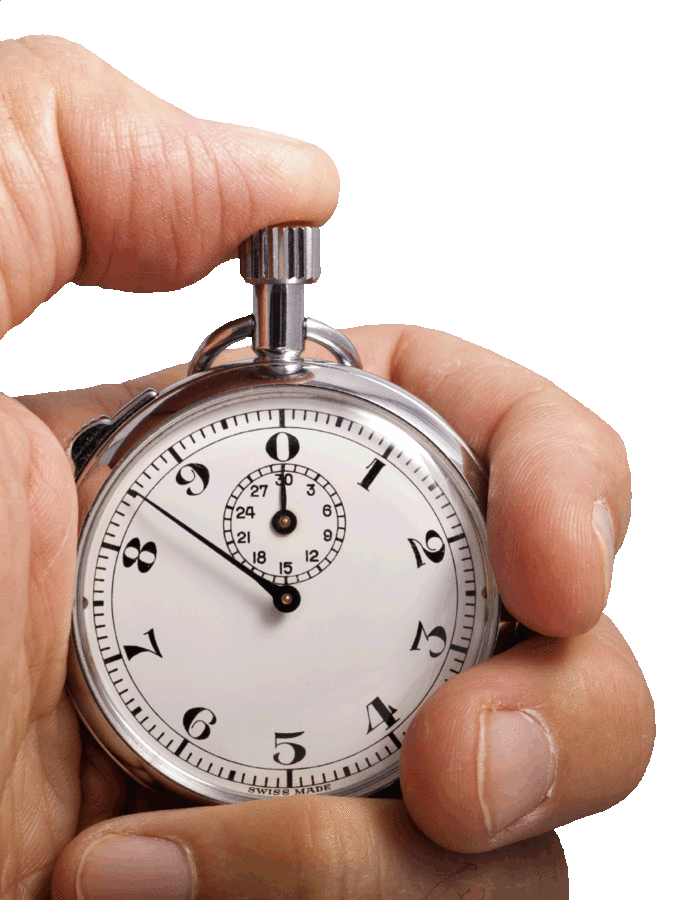Web Audio API
The Basics
Imagine
A web-based game without audio.

Picture from HexGL by Thibaut Despoulain
It's just... terrible.
Web Audio API come in rescue!
Understanding the structure first
This is very important!
Accurate timing


Consist of different nodes

Fire-and-forget
Summary
- Accurate Timing
All sounds can be fired at specific time in per-sample precision. This makes it suitable for music applications such as drum machines that require precise timing.
-
Consist of different nodes
Web Audio API have various nodes that can connect to each other with a function call. This make it suitable for doing sound FX in a logical way.
-
Fire-and-forget
Sound in web audio API can only be fired once. However, multiple sounds can be played at the same time. This makes it good for doing game audio.
Time for some real stuff
Start it up!
// All methods of the web audio API are inside
// an object called AudioContext. All sounds are
// fired inside this context, and only one context
// per page is allowed. If you call this repeatedly,
// you'll get back the same AudioContext object.
var audioContext = new AudioContext();
// In the above example, we only take care of the
// latest browsers. To make older browsers that supports
// the web audio API to work, we should do the following
var audioContext = new (window.AudioContext || window.webkitAudioContext)();Load an audio file
// Preparing things up!
// Create the audio nodes for our first work!
var sound = null; // Store the sound globally
// Load an audio file using XMLHttpRequest2
var xhr = new XMLHttpRequest();
xhr.responseType = 'arraybuffer';
xhr.onload = function(){
// Decode the audio file to raw audio samples
audioContext.decodeAudioData(xhr.response, function(buffer){
// Save the buffer for later use
sound = buffer;
// Play it once it's loaded. You'll meet this again in the next slide.
play();
});
};
xhr.open('GET', '/some/audio/files.mp3', true);
xhr.send(null);Play the sound
// Here's our function for playing a sound.
function play(){
// Here's our node for playing sounds.
var soundNode = audioContext.createBufferSource();
// Add the audio in for playing
soundNode.buffer = sound;
// Connect the sound node to the speakers
soundNode.connect(audioContext.destination);
// Fire it up!
// The first argument is the time offset to play the file
// 0 means to play it immediately, otherwise it stands for
// the time in seconds to play since the AudioContext object
// has created.
soundNode.start(0);
};It's that simple
Now add something to it!
Loop it
// Here's our function for playing a sound.
function play(){
// Here's our node for playing sounds.
var soundNode = audioContext.createBufferSource();
// Add the audio in for playing
soundNode.buffer = sound;
// *Loop it*
soundNode.loop = true;
// Connect the sound node to the speakers
soundNode.connect(audioContext.destination);
// And play it
soundNode.start(0);
};Playback Speed
// Here's our function for playing a sound.
function play(){
// Here's our node for playing sounds.
var soundNode = audioContext.createBufferSource();
// Add the audio in for playing
soundNode.buffer = sound;
// *Speed it up by 50%*
soundNode.playbackRate.value = 1.5;
// Connect the sound node to the speakers
soundNode.connect(audioContext.destination);
// And play it
soundNode.start(0);
};How about the volume?
Introducing the gain node
Create gain node
// Here's our function for playing a sound.
function play(){
// Here's our node for playing sounds.
var soundNode = audioContext.createBufferSource();
var gainNode = audioContext.createGain(); // THE GAIN NODE
// Add the audio in for playing
soundNode.buffer = sound;
// Set the gain to be 50% louder
gainNode.gain.value = 1.5;
// Connect the sound node to the speakers
soundNode.connect(gainNode); // GAIN NODE FIRST
gainNode.connect(audioContext.destination);
// And play it
soundNode.start(0);
};Fade in
// Here's our function for playing a sound.
function play(){
// Here's our node for playing sounds.
var soundNode = audioContext.createBufferSource();
var gainNode = audioContext.createGain(); // THE GAIN NODE
soundNode.buffer = sound;
// Set gain to 0
gainNode.gain.value = 0;
// Connect the sound node to the speakers
soundNode.connect(gainNode); // GAIN NODE FIRST
gainNode.connect(audioContext.destination);
soundNode.start(0);
// Fade in after 2 seconds
gainNode.gain.linearRampToValueAtTime(1, audioContesxt.currentTime + 2);
};Fade out
// Here's our function for playing a sound.
function play(){
// Here's our node for playing sounds.
var soundNode = audioContext.createBufferSource();
var gainNode = audioContext.createGain(); // THE GAIN NODE
soundNode.buffer = sound;
gainNode.gain.value = 1;
// Connect the sound node to the speakers
soundNode.connect(gainNode); // GAIN NODE FIRST
gainNode.connect(audioContext.destination);
soundNode.start(0);
// Calculate the time to fade out
var fadeOutPosition = audioContext.currentTime + sound.duration - 2;
// Fade out after 2 seconds
gainNode.gain.linearRampToValueAtTime(1, fadeOutPosition);
};Exercise
Make an audio player that fades in and out during start and end
Q & A
The End.
Thanks for attending!
Web Audio API: The Basics
By Licson
Web Audio API: The Basics
This shows you the basic elements of Web Audio API and how to start using it right away!
- 1,145

